Learn more about
Triplex Plunger Pumps
Cat Pumps are triplex, positive displacement, reciprocating pumps. We offer both triplex piston and triplex plunger pump styles. With the positive displacement design, each revolution of the crankshaft creates a direct motion in the plunger/piston rods resulting in a positive output of flow from the pump. This output is in direct relation to the RPM of the pump. The bore and stroke determine the amount of liquid handled with each stroke and revolution. The discharge pressure is created by the restriction placed upon the flow through nozzles or restrictions downstream. Our triplex pumps deliver a smooth, constant flow and pressure. The downstream restriction will require adjustment or a valve to regulate any changes in pressure.
Piston Pump "Uniflow" Design
The design of the piston pump is for the fluid to move continually in one, smooth forward direction. This design allows greater suction capabilities and reduces the risk of cavitation provided the pump is properly primed.
At the beginning of the stroke, the mechanically actuated inlet valve (and piston) will close. As the piston rod moves forward, the liquid is forced out through the discharge valves. Simultaneously, the liquid is entering the pump inlet and flowing in behind the inlet valve. As the piston rod begins the backward stroke, the inlet valve mechanically opens, permitting the liquid to continue its flow forward through the piston into the discharge chamber, until the stroke is completed.
Note: The spring tension on the discharge valves requires a minimum of 100 PSI discharge pressure to properly activate the valves.
Plunger Pump "Direct Flow" Design
The spring-reinforced, preset packing design of the plunger pumps permits significantly greater pressures than piston pumps. The plunger pumps also offer tremendous versatility with optional direct coupling drives and wet-end material options.
Like the piston pumps, the design of the plunger pump also allows for forward liquid flow, however, both the inlet and discharge valves are spring-loaded closed and hydraulically opened.
At the beginning of the stroke, the plunger displaces the liquid in the manifold chamber and forces the discharge valve open. There is a split second at the end of the stroke when both inlet and discharge valves are closed.
As the plunger rod begins its backward stroke, the inlet valve opens to allow more liquid into the manifold chamber, thereby keeping a smooth forward flow of liquid.
Note: The spring tension on the discharge valves requires a minimum of 100 PSI discharge pressure to properly activate the valves.
SF Plunger Pumps "Superflow" Design
In the SF pumps, both the inlet and discharge valves are spring-loaded closed and hydraulically opened, just like the plunger pumps, however, they have a flow- through ceramic plunger design.
The continuous forward flow characteristic of the piston pumps is utilized in conjunction with the packing design of the plunger pumps. These features give the SF pumps strong suction capabilities and higher pressure performances.
At the beginning of the stroke, the inlet valve is closed against the ceramic plungers and the flow is forced out through the discharge valves.
As the plunger rod begins its backward stroke, the inlet valve opens [moves away from the ceramic plunger] and allows the inlet flow to enter the manifold chamber through the holes in the ceramic plunger.
Note: The spring tension on the discharge valves requires a minimum of 100 PSI discharge pressure to properly activate the valves.
